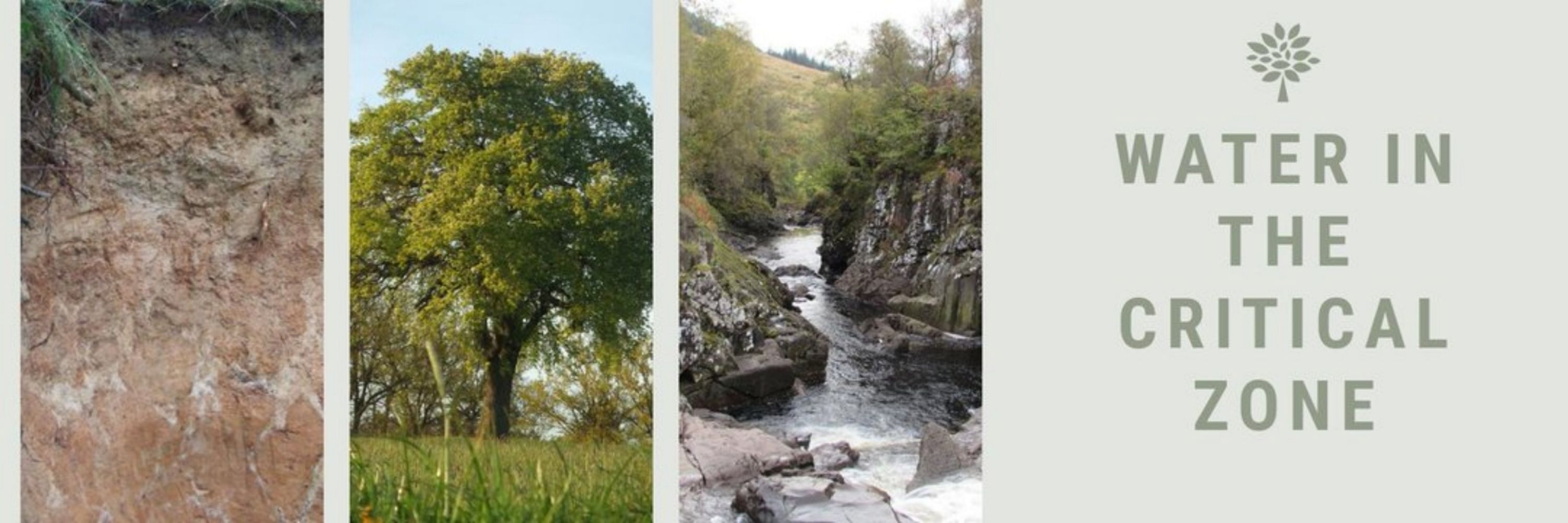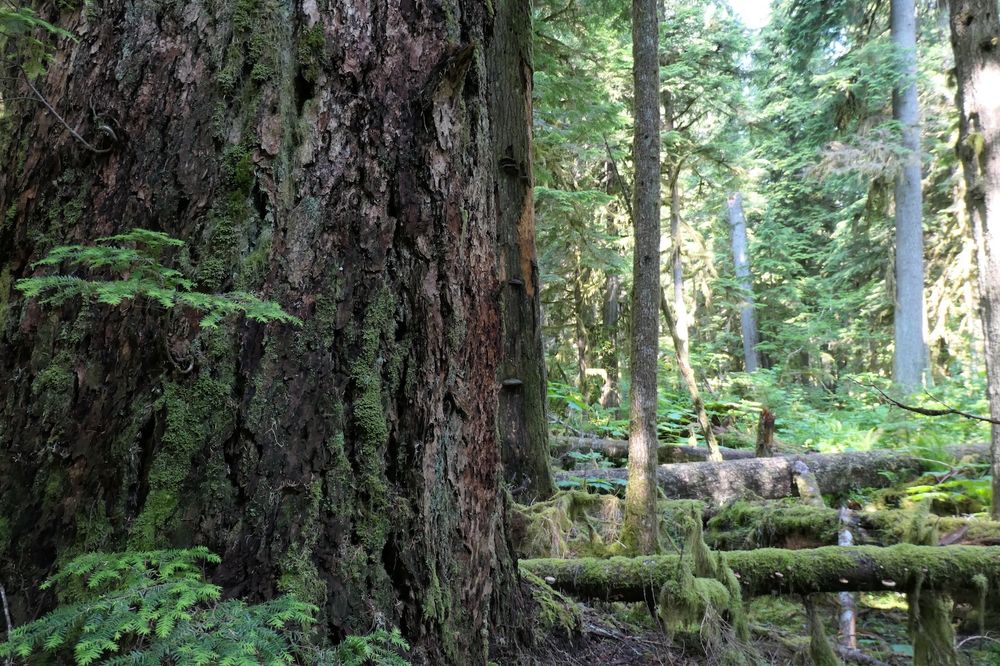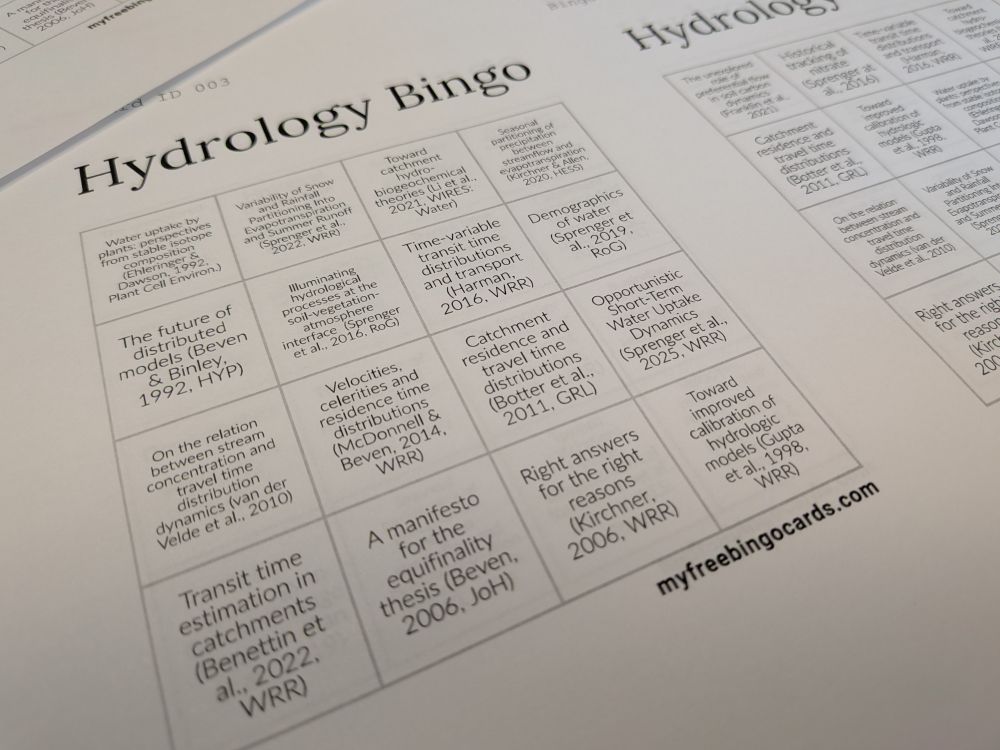



Trout unlimited has a tool on their page that will automatically send your message to the EPA as well as your representatives:
www.tu.org/conservation...
Trout unlimited has a tool on their page that will automatically send your message to the EPA as well as your representatives:
www.tu.org/conservation...
herbivory.lbhi.is/2025/11/19/p...

herbivory.lbhi.is/2025/11/19/p...

Submit your abstract to:
Session SS077
Stable Isotope Solutions to Aquatic Ecology Problems
ASLO‑SIL 2026 | Montreal | 12–16 May
Deadline: Nov 25
🔗 aslo.secure-platform.com/2026
#ASLOSIL26 #IsotopeEcology #AquaticEcology #Ecology #FoodWebs

Submit your abstract to:
Session SS077
Stable Isotope Solutions to Aquatic Ecology Problems
ASLO‑SIL 2026 | Montreal | 12–16 May
Deadline: Nov 25
🔗 aslo.secure-platform.com/2026
#ASLOSIL26 #IsotopeEcology #AquaticEcology #Ecology #FoodWebs
essd.copernicus.org/articles/17/...
And thank you @lehmannmm.bsky.social for the efficient leadership!


We are hiring a 3yr research technician. If you love fieldwork, are passionate about forests & mountains, and want to up-skill in remote sensing, sensor networks and running field experiments this could be the dream job for you!
🧪🌳⛰️🛰️🌡️🍄
www.bristol.ac.uk/jobs/find/de...
We are hiring a 3yr research technician. If you love fieldwork, are passionate about forests & mountains, and want to up-skill in remote sensing, sensor networks and running field experiments this could be the dream job for you!
🧪🌳⛰️🛰️🌡️🍄
www.bristol.ac.uk/jobs/find/de...
Blatant unconstitutionality aside, fuck this backwards forwards and sideways.
www.science.org/content/article/u-s-congress-considers-sweeping-ban-chinese-collaborations

Blatant unconstitutionality aside, fuck this backwards forwards and sideways.
www.science.org/content/article/u-s-congress-considers-sweeping-ban-chinese-collaborations


Drs. Theresa Blume (GFZ, Germany) + Holly Barnard (CU Boulder, US) on
Waters above + below ground:
How root uptake, transpiration, + subsurface stormflow connect drought, floods, ecosystems?
Register: psu.zoom.us/meeting/regi...
@waterbarnes.bsky.social

Drs. Theresa Blume (GFZ, Germany) + Holly Barnard (CU Boulder, US) on
Waters above + below ground:
How root uptake, transpiration, + subsurface stormflow connect drought, floods, ecosystems?
Register: psu.zoom.us/meeting/regi...
@waterbarnes.bsky.social
a 🧵 1/n
Drain: arxiv.org/abs/2511.04820
Strain: direct.mit.edu/qss/article/...
Oligopoly: direct.mit.edu/qss/article/...




a 🧵 1/n
Drain: arxiv.org/abs/2511.04820
Strain: direct.mit.edu/qss/article/...
Oligopoly: direct.mit.edu/qss/article/...
Let's cut ourselves free.
Drain: arxiv.org/abs/2511.04820
Strain: bit.ly/StrainQSS
Oligopoly: bit.ly/OligSciPub
12/12

Let's cut ourselves free.
Drain: arxiv.org/abs/2511.04820
Strain: bit.ly/StrainQSS
Oligopoly: bit.ly/OligSciPub
12/12
Provide a tentative RSVP to help us plan:

Provide a tentative RSVP to help us plan:
Malla Mani Kanta et al. (2025).

Malla Mani Kanta et al. (2025).

Dukes et al. @dukesjeff.bsky.social @changliao.bsky.social @richphillipslab.bsky.social @scottmcadam.bsky.social
nph.onlinelibrary.wiley.com/doi/10.1111/...

Dukes et al. @dukesjeff.bsky.social @changliao.bsky.social @richphillipslab.bsky.social @scottmcadam.bsky.social
nph.onlinelibrary.wiley.com/doi/10.1111/...
@dartmouthears.bsky.social @dartmouthartsci.bsky.social
Stable Isotope Biogeochemistry and/or Geobiology
apply.interfolio.com/176517
🧪🌎

@dartmouthears.bsky.social @dartmouthartsci.bsky.social
Stable Isotope Biogeochemistry and/or Geobiology
apply.interfolio.com/176517
🧪🌎
“His campaign priorities included preparing for climate change, expanding housing opportunities and expanding community engagement.”
“His campaign priorities included preparing for climate change, expanding housing opportunities and expanding community engagement.”
Join us at #EGU26 for session CL1.2.1 Interdisciplinary Tree-Ring Research
Abstracts exploring tree rings from all perspectives and disciplines are welcome!
Submit here:
tinyurl.com/475xjjfu
K. Treydte, J. Jevšenak, A. Eckes-Shephard, @pieterzuidema.bsky.social

Join us at #EGU26 for session CL1.2.1 Interdisciplinary Tree-Ring Research
Abstracts exploring tree rings from all perspectives and disciplines are welcome!
Submit here:
tinyurl.com/475xjjfu
K. Treydte, J. Jevšenak, A. Eckes-Shephard, @pieterzuidema.bsky.social
"That prioritization of scientific career over private life stings even more as I’ve realized how our science is sometimes ignored anyway—or applied only selectively—to favor powerful, capitalist interests instead of a
sustainable common good."
"That prioritization of scientific career over private life stings even more as I’ve realized how our science is sometimes ignored anyway—or applied only selectively—to favor powerful, capitalist interests instead of a
sustainable common good."




